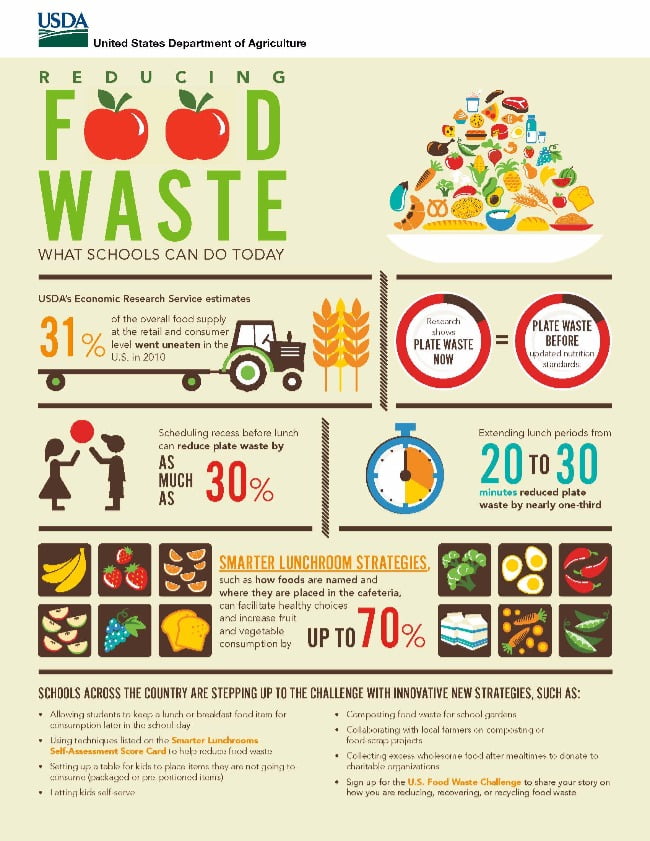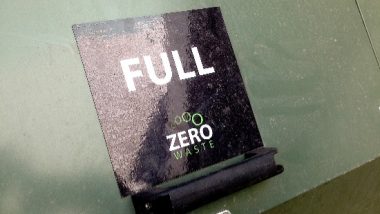Read on for ideas for reducing your own waste and saving money
Each and every one of us can do something to assist our world, beginning right where we are, right now. Not everybody can pay to contribute money or time to a cause. Nevertheless there are limitless techniques that will reduce a person's contribution to the garbage dump and their resource usage. Start with the following ideas for reducing your own waste and saving money, by reading this article.
1. Use a Mirror to Improve Natural Lighting
Mirrors, positioned tactically in a space can be utilised to make usage of natural lighting more effectively, and decrease energy usage. When put near indoor plants, mirrors imitate a 2nd window developing much better growing conditions while offering the impression of increased area and plant to the atmosphere of a space.
2. More Effective Usage of Clothes Dryer Energy
When packing the clothing dryer, fluff the twisted and damp laundry prior to tossing into the device. This enables instant and more effective usage of clothes dryer energy. Extremely hot settings (which can in fact diminish clothes) can hence be prevented. We hope you agree that this should be good for reducing your own waste.
Generally, the heated air from a clothing dryer is pumped outdoors and lost. These are little boxes that divert the heated air from the clothes dryer into the home throughout the dry and cold winter season months, making much better usage of your energy dollar while conserving a little on heating expenses.
Rather than purchasing non reusable clothes dryer sheets for fixed control, think about utilising a liquid material conditioner with a recycled rag or sock. We think that this is a commendable way of reducing your own waste. Simply envision the number of clothes dryer sheets, in the product packaging they came in, along with the expenses, energy and resources to produce them that can be prevented by this one basic act.
3. Make Your Own Simple plastic drip tray for potted plants
Rather than acquiring a plastic drip tray for potted plants, reuse plastic covers from peanut butter or mayo. Frequently, you can simply pick out the ideal size of cover for each potted plant if you keep a selection of these containers in say a plastic bag, and many of these will also be dishwashing-machine safe.
These are simply a couple of concepts to show how simple it is to start reducing your own waste. When the concepts have actually started to stream, they will trigger a ripple impact cascading into other elements of your life.
How to Reduce Waste

Buy in bulk. Bulk products usually have less packaging and wrapping, and you also save money by buying bulk. Packaging makes up 30 percent of the weight and 50 percent of trash by volume for most products.
This could mean going for a more expensive clothing item, rather than fast fashion items that will fall apart in a few weeks. Skip disposable razors, a big waste culprit, and invest in a reusable shaving razor. Go for rechargeable batteries, or plug-in appliances, and reusable items. via wikihow
You can reduce the amount of waste you create by choosing what rubbish you throw away. This can be easy and fun – just follow our simple guidelines to reduce your waste at home, school or work.
Waste reduction starts at the supermarket. By making slight alterations to your shopping list you can significantly reduce the amount of waste created in and around the home. via rethinkrecycling
Reducing your own Waste: More Waste Reduction Tips
A good way to reducing your own waste, can be to choose LED holiday lights instead of traditional incandescent lamps. If you're upgrading to LEDs and need to get rid of your old lights, find a recycling location locally on the Google Search, etc., pages online.
Read a product's label to determine its recyclability and whether or not it's made from recycled materials. Buying products made from recycled materials supports manufacturers of such products and fosters markets for those materials.
Reduce waste. The best way to reduce waste is not to create it in the first place. When you prevent waste, there is no need or cost for its collection, processing and disposal. There are many ways to reduce what individuals might generate!
In the weeks leading up to the holidays, many households receive larger quantities of advertisements, sale flyers and catalogues. Before placing all the unwanted mail into the recycling bin, take a moment to remove your name from the company's mailing list. Often, all that is needed is a call to a toll-free number provided in the mailing. via laguna-hills
Reduce Garden and Kitchen Waste
One of the largest parts of domestic waste is garden and kitchen waste. Much of this can be composted to make a soil improver, thereby reducing the need to use peat based products and saving on the waste that goes to landfill. Composting at home for just one year can save global warming gases equivalent to all the CO2 your kettle produces annually, or your washing machine produces in three months. via indiana.edu
Choose Multi-use Products
Use durable, multi-use products such as reusable shopping bags. You can throw one over your shoulder for hands-free carrying and it won't rip if you catch it on the doorknob.
Use both sides of the paper. Reuse paper that still has a clean side. Save it for scratch paper, draft copies or short-lived items such as meeting agendas or temporary signs. Even cut it up to make notes. Any of these will result in your reducing your own waste. via possector
Reducing Office Paper Waste
“Go Green”, “Green Business”, and “Green Office” are some of the buzzwords of current era. While more and more businesses are going green every day, many businesses are still lagging behind for not having enough ideas on waste reduction in office and workplace.
Maybe the best idea of reducing paper waste is declaring your office completely digital. You can simply say no to paper use. If that is not completely possible, you should identify for what purposes you have to use paper and for what purposes you can avoid paper use. Once you make the lists of both, simply make policies on only for what purposes paper can be used and publish as a notice. via deq.virginia.gov
Buy Products that are Durable or Readily Recyclable
In addition to selecting products that use less packaging, look for products that are durable or readily recyclable in your community. When buying a product, stop and think, “Can this item be recycled or reused?” If not, is there an alternative brand or product that you can buy? By making these choices, you are using your purchasing power to reward manufacturers that make durable, recyclable and reusable products, not products that are only disposable. Plus, you will be reducing your own waste output.
Unused phone books are a waste of natural resources from needless production, transport, and recycling (or disposal for the unfortunate ones that don't make it to a recycle bin). In addition, phone books are often distributed with materials such as magnets or plastic that can contaminate the paper recycling process when it doesn't get separated. All this adds up to wasted resources, unnecessary emissions, and recycling challenges. via cityofturlock
Be Proactive with Recycling and Waste Management
There are many ways that school systems can be proactive with their recycling and waste management programs. Many of the students are already recycling at home, so it is important that those same recycling opportunities are also made convenient at school. Reducing waste and recycling can save the school money, energy and natural resources. Plus it is a fantastic way to teach the students how reducing, reusing, and recycling waste can make a different to their school, community, and the environment.
If there are school supplies or equipment that are not needed or left over at the end of the year, donate them to a local organisation instead of throwing them away. Work with the families and teachers to make going “Back to School” greener too. via burlingtongreen
Beauty Waste Reduction Tips
My irritation meter kicks into high gear whenever I run out of a beauty product or waste part of a makeup removal pad. Well, luckily my irritation has inspired me to research ways to save product and get the most out of every item I use on my body. The following beauty waste reduction tips will help you save money, get the most out of the items you buy, and re-purpose seemingly nontraditional beauty stuff for use in your daily routine.
If you think that your lotion container doesn't have any more product, or that your toothpaste is totally out. Think again! With a trusty pair of scissors, you can cut into the container and find product that can last you a few more applications, or brushes. via Waste Reduction Tips
The Three R's – Reduce, Re-use and Recycle
At the centre of good waste management are three principles, also known as “The three R”s. These are to Reduce, Re-use and Recycle.
Waste Reduction is the 1st and most important principle in the waste hierarchy.
If we reduce the amount of material we discard then we can reduce the amount of waste which must be sent to landfill or incinerated or treated for recycling.
Reducing your own Waste – Conclusion
Waste reduction could be as simple as choosing items with less packaging when shopping or making sure you cook only the quantities required when preparing a meal. via cityilights






